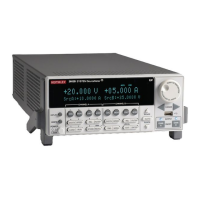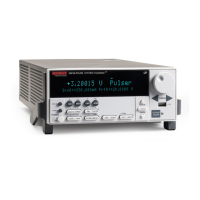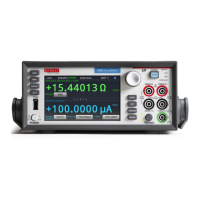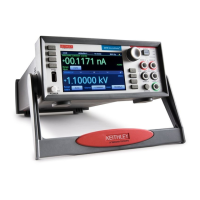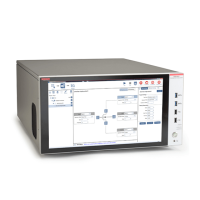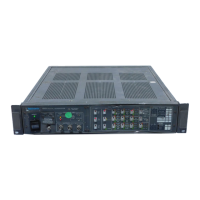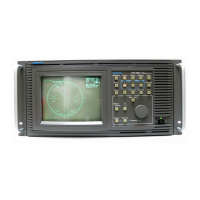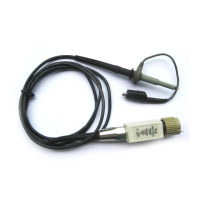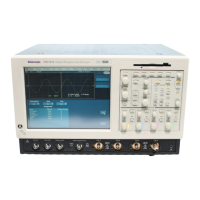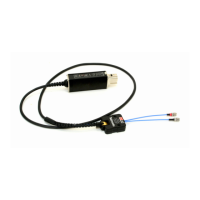Calibration test requirements
Be sure that you perform the calibration tests:
• Under the proper environmental conditions.
• After the specified warmup period.
• Using the correct line voltage.
• Using the proper test equipment.
• Using the specified output signal and reading limits.
Product specifications are subject to change. Listed uncertainties and test limits are provided only as
examples. Always verify values against the most recent product specifications.
Environmental conditions
Conduct your performance calibration procedures in a test environment with:
• An ambient temperature of 18 °C to 28 °C.
• A relative humidity of less than 70 percent unless otherwise noted.
Product specifications that are listed as 18 °C to 28 °C assume adjustment has been done at 23 °C.
If the 2600B is adjusted at a different temperature, the specifications apply to ±5 °C of that
adjustment temperature.
Line power
The 2600B requires a line voltage of 100 V to 240 V and a line frequency of 50 Hz or 60 Hz. Perform
calibration tests in this range.
Warmup period
Allow the 2600B to warm up for at least two hours before conducting the calibration procedures.
If the instrument has been subjected to temperature extremes (those outside the ranges stated
above), allow additional time for the internal temperature of the instrument to stabilize. Typically, allow
one extra hour to stabilize an instrument that is 10 °C outside the specified temperature range.
Also allow test equipment to warm up for the minimum time specified by the manufacturer.
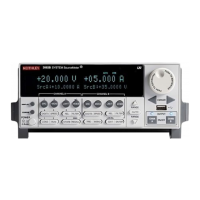
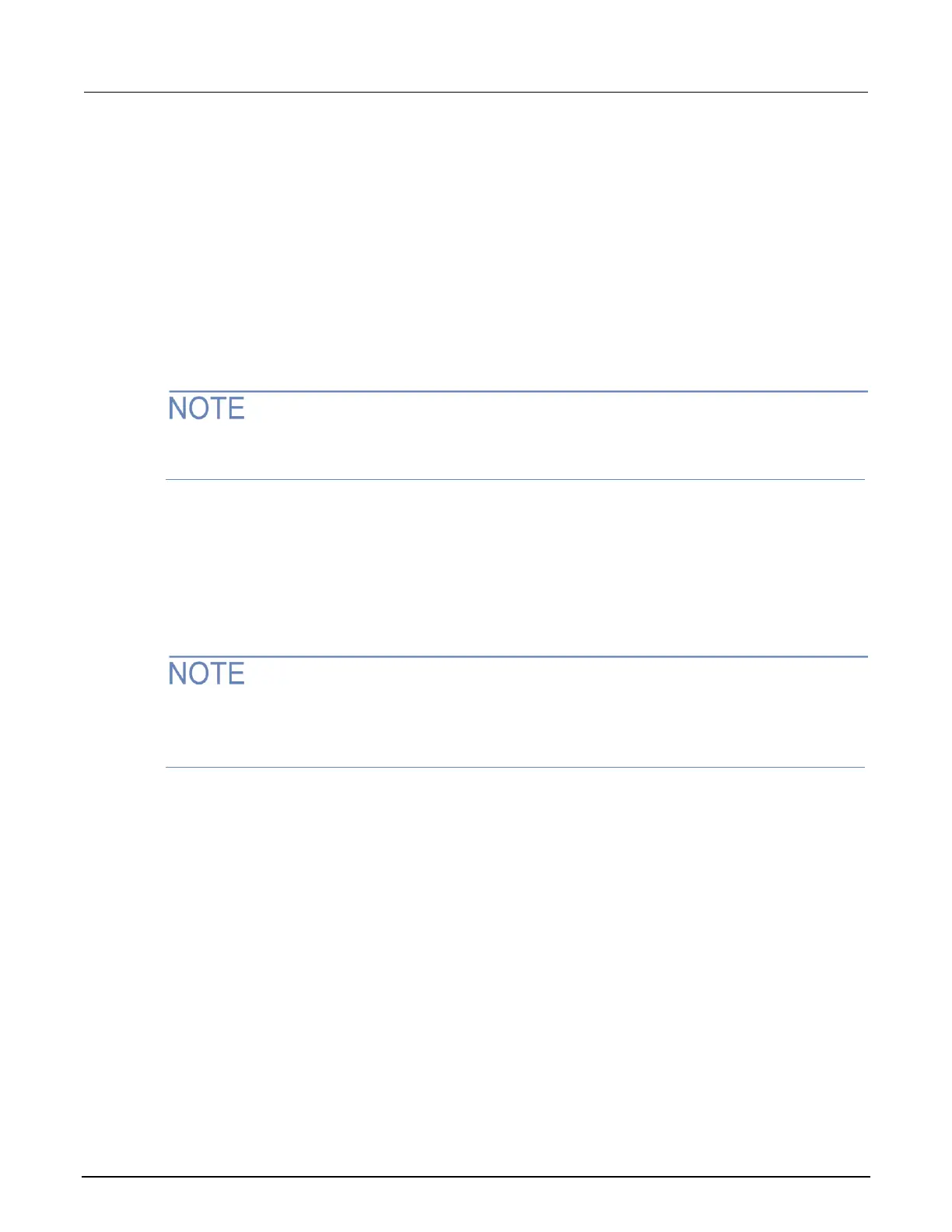